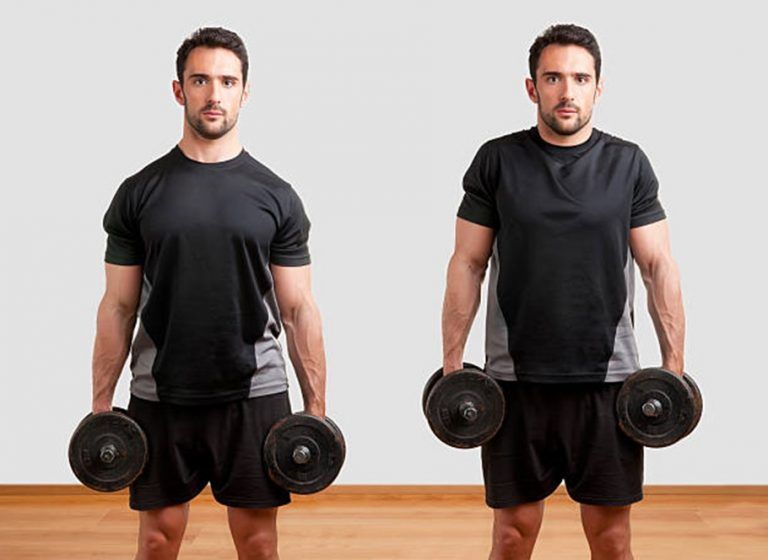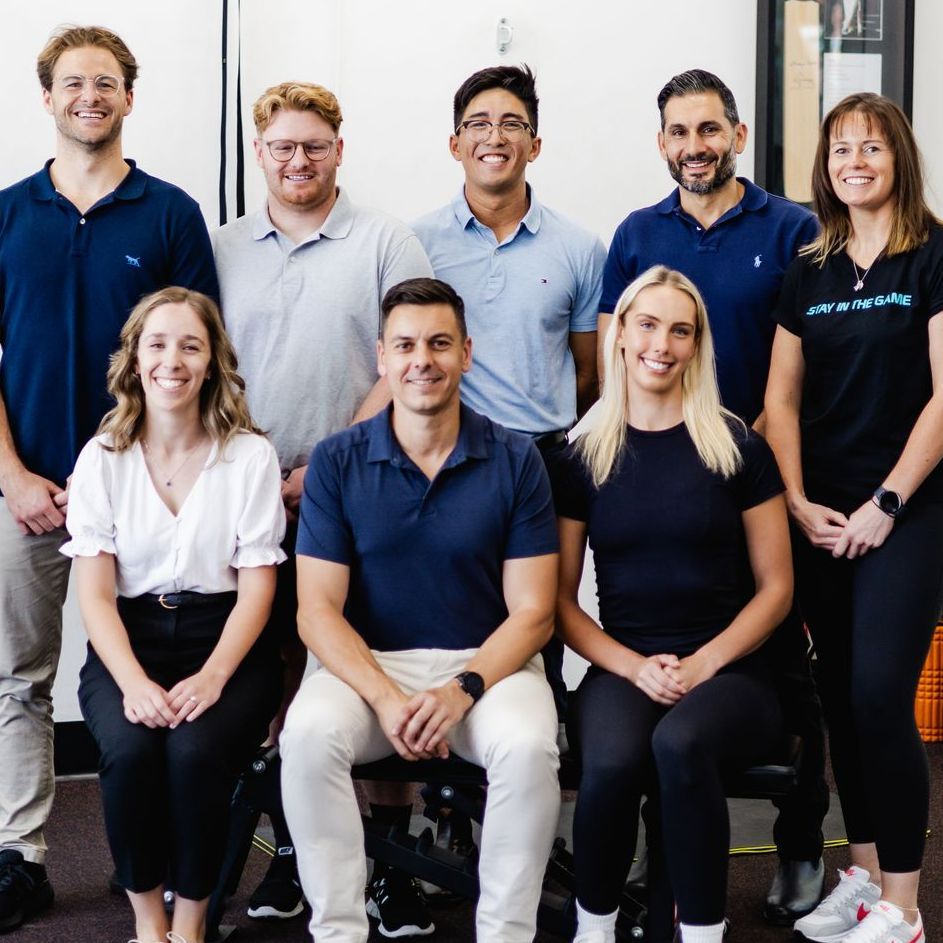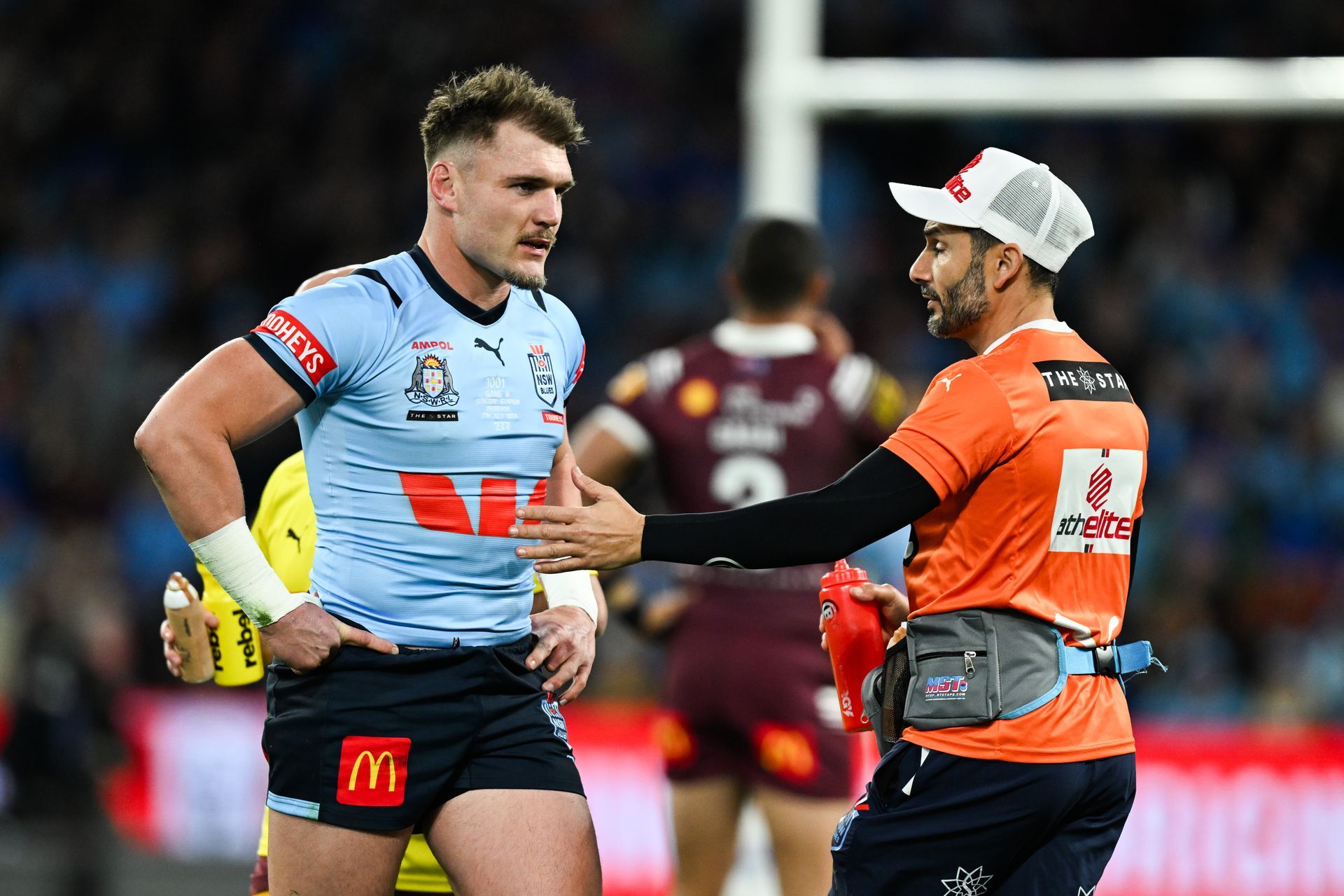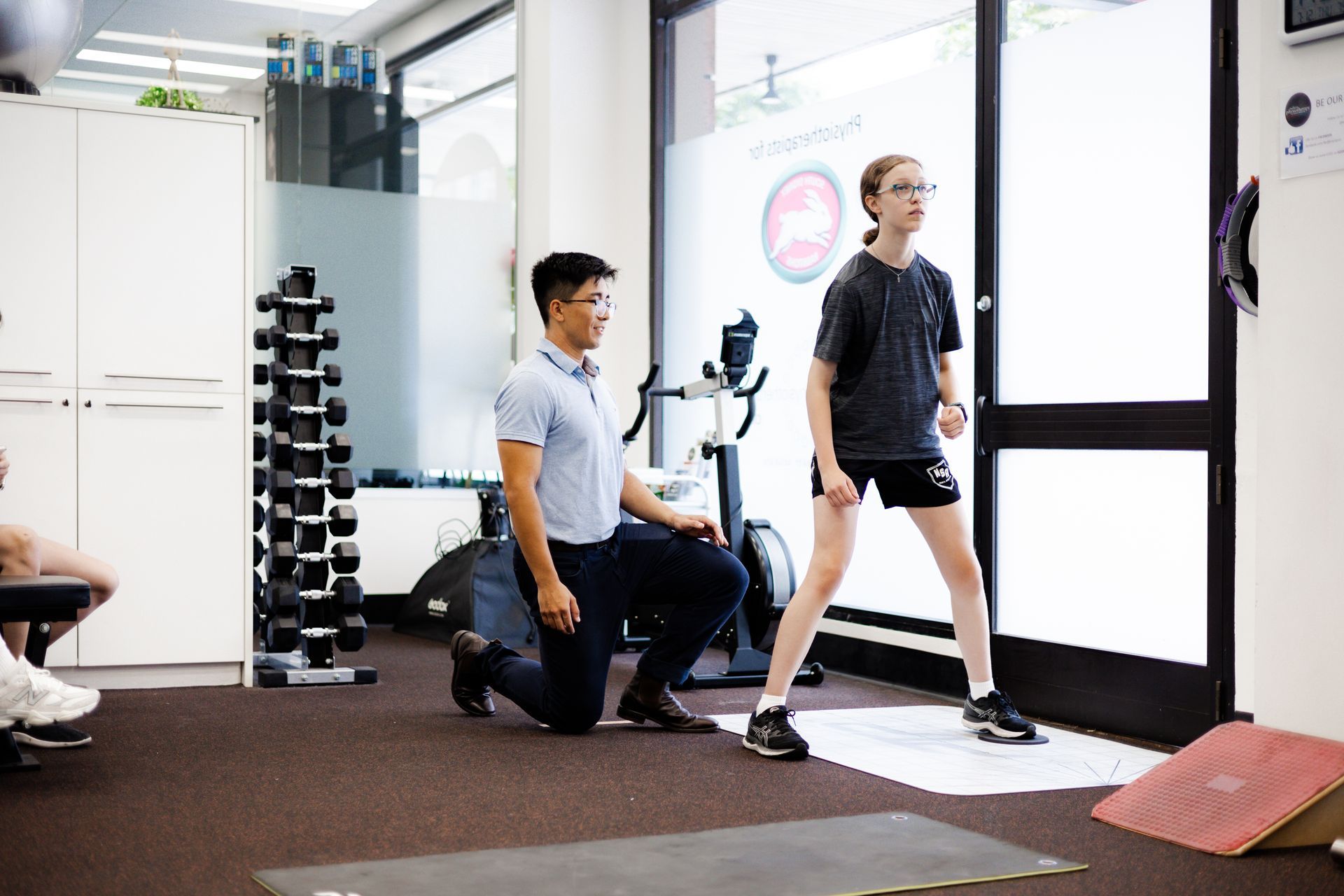Special Considerations for Hamstring Injuries
Special Considerations for Hamstring Injuries
Hamstring injuries are a common injury among athletes, particularly those involved in sports that require sudden changes of direction, explosive acceleration, and high-speed running. Rehabilitation after a hamstring injury can be a challenging process, and it is essential to understand the special considerations involved in the rehabilitation process to ensure optimal outcomes.
The latest evidence has shown hamstring injuries require assessment and treatment of multiple areas of the body such as lumbopelvic control, posterior chain strength and stability and hamstring strength in a fatigued state. Due to the complex nature of hamstring injuries and their relationship with the aforementioned areas, they have a high recurrence rate.
In this blog, we will discuss the special considerations for hamstring rehabilitation.
The Importance of Early Intervention
One of the most critical special considerations for hamstring rehabilitation is the importance of early intervention. Delaying rehabilitation can prolong the recovery time and increase the risk of re-injury. Therefore, it is essential to initiate rehabilitation as soon as possible after the injury.
Gradual Progression
Another important consideration for hamstring rehabilitation is the need for gradual progression. It is crucial to progress rehabilitation exercises slowly and steadily, focusing on regaining strength, flexibility, and mobility while avoiding overloading the hamstring muscles.
Eccentric Exercises
Eccentric exercises are particularly effective for hamstring rehabilitation. These exercises involve lengthening the muscle while it is under tension, which helps to promote muscle fibre remodelling and healing. Eccentric exercises can also help to improve muscle strength and reduce the likelihood of recurrence.
Sports-Specific Rehabilitation
Rehabilitation exercises should be tailored to the specific requirements of the athlete's sport. For example, athletes involved in sports that require high-speed running may benefit from incorporating high-speed running drills into their rehabilitation program. This approach can help to improve neuromuscular control, endurance, and power.
How Can High-Speed Running Help with Hamstring Rehabilitation?
The use of high-speed running as a rehabilitation strategy for hamstring injuries is based on the principle of progressive loading. High-speed running involves significant eccentric loading of the hamstring muscles, which can help to stimulate muscle fibre remodeling and improve muscle strength and endurance.
Evidence for High-Speed Running for Hamstring Rehabilitation
Several studies have explored the use of high-speed running as a rehabilitation strategy for hamstring injuries, with promising results. A systematic review published in the British Journal of Sports Medicine evaluated the effectiveness of high-speed running in the rehabilitation of hamstring injuries. The review analysed seven studies with a total of 301 participants.
The review found that high-speed running was effective in improving hamstring strength, running performance, and reducing the risk of re-injury. The review also found that high-speed running did not increase pain or re-injury risk compared to traditional rehabilitation programs.
Another study published in the Journal of Orthopaedic and Sports Physical Therapy evaluated the effectiveness of high-speed running in the rehabilitation of elite soccer players with hamstring injuries. The study found that high-speed running was effective in reducing the time to return to play, improving hamstring strength, and reducing the risk of re-injury.
The Role of Manual Therapy
Manual therapy can also be beneficial for hamstring rehabilitation. Soft tissue mobilisation techniques, such as soft tissue release, can help to improve blood flow, reduce muscle tension, and promote tissue healing. Joint mobilisation techniques around the lumbar spine and pelvis can also help to improve joint mobility, reducing the risk of further injury. This is integral as we work on ensuring the lumbopelvic region is working efficiently to allow the hamstrings to rehabilitate to their full potential.
Psychological Considerations
Recovering from a hamstring injury can be a frustrating and challenging process, and psychological considerations should also be taken into account during rehabilitation. It is common for people to experience the highs and lows of rehab & may benefit from working with a sports psychologist to help them cope with the emotional and psychological challenges of rehabilitation and stay motivated throughout the process. This is also integral for return to sport considerations as it can be a daunting experience after injury. Concerns of re-injury or not being able to perform at their pre-injury level is often felt and thus it is important for people to feel confident and mentally prepared to return to sport following a hamstring injury.
Conclusion
Hamstring rehabilitation requires special considerations to ensure optimal outcomes. Early intervention, gradual progression, eccentric exercises, sports-specific rehabilitation, manual therapy, and psychological considerations are all essential elements of an effective rehabilitation program. It is essential to work with a physiotherapist to develop a personalised rehabilitation program tailored to the athletes specific needs and goals.





















